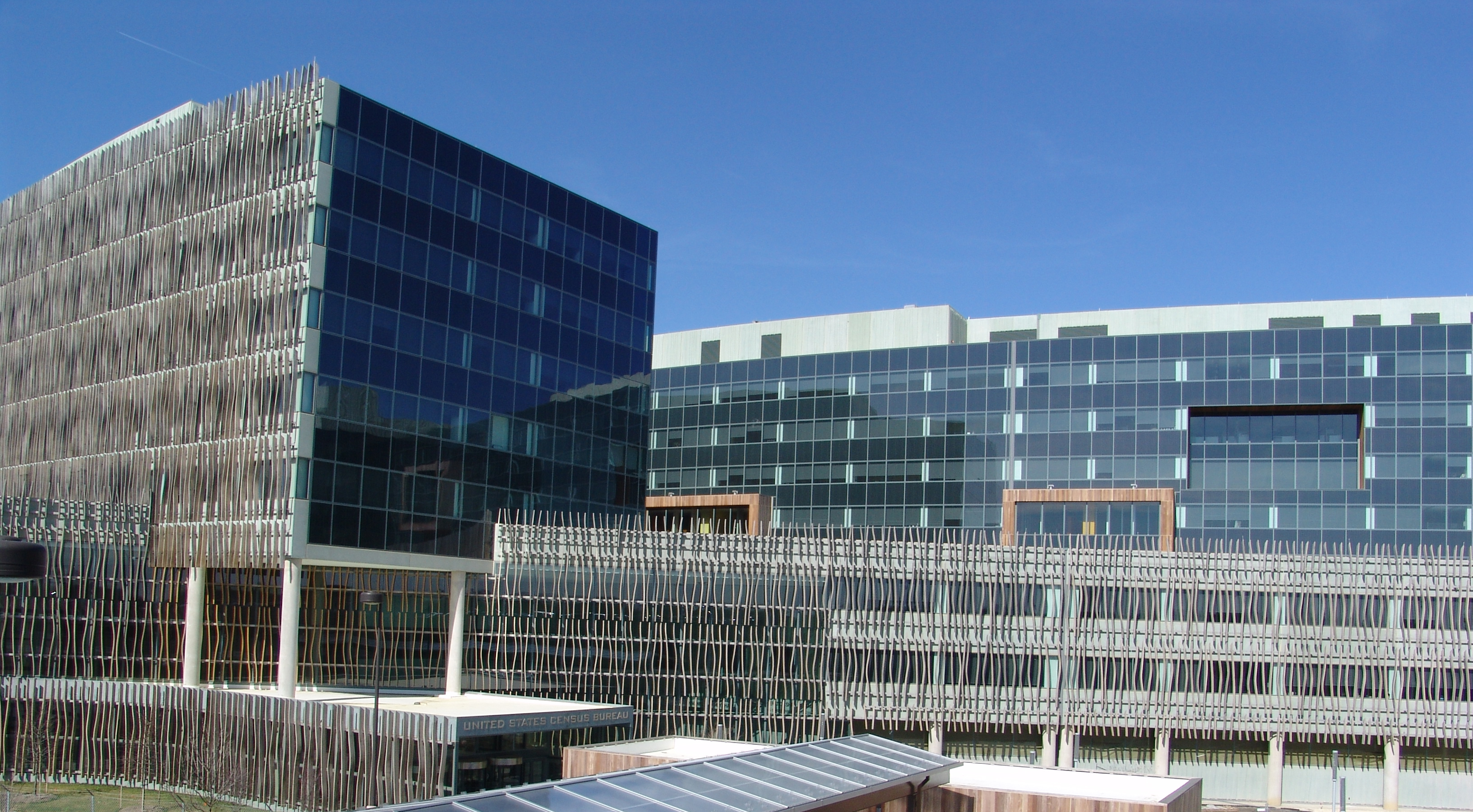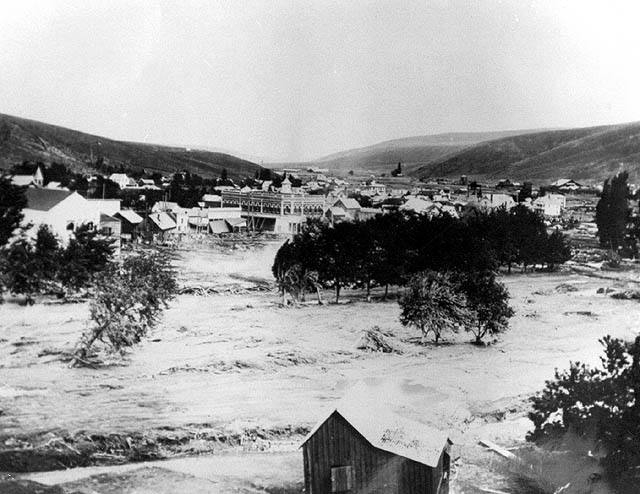|
Ione, Oregon
Ione is a city in Morrow County, Oregon, United States. The population was 329 at the 2010 census. It is part of the Pendleton– Hermiston Micropolitan Statistical Area. Geography Ione is at an elevation of between the Columbia River to the north and the Blue Mountains to the southeast. It is along Oregon Route 74, northwest of Heppner, south of Interstate 84 (I-84), and east of Portland. Willow Creek flows through Ione, which is downstream of Heppner and Lexington and upstream of Arlington. According to the United States Census Bureau, the city has a total area of , all of it land. Route 74 forms part of the Blue Mountain Scenic Byway, a set of roads connecting I-84 along the Columbia River with the North Fork John Day River in the Blue Mountains. Part of the route follows the Willow Creek drainage through Ione. Climate This region experiences warm (but not hot) and dry summers, with no average monthly temperatures above . According to the Köppen climate ... [...More Info...] [...Related Items...] OR: [Wikipedia] [Google] [Baidu] |
City
A city is a human settlement of notable size.Goodall, B. (1987) ''The Penguin Dictionary of Human Geography''. London: Penguin.Kuper, A. and Kuper, J., eds (1996) ''The Social Science Encyclopedia''. 2nd edition. London: Routledge. It can be defined as a permanent and densely settled place with administratively defined boundaries whose members work primarily on non-agricultural tasks. Cities generally have extensive systems for housing, transportation, sanitation, utilities, land use, production of goods, and communication. Their density facilitates interaction between people, government organisations and businesses, sometimes benefiting different parties in the process, such as improving efficiency of goods and service distribution. Historically, city-dwellers have been a small proportion of humanity overall, but following two centuries of unprecedented and rapid urbanization, more than half of the world population now lives in cities, which has had profound consequ ... [...More Info...] [...Related Items...] OR: [Wikipedia] [Google] [Baidu] |
Columbia River
The Columbia River ( Upper Chinook: ' or '; Sahaptin: ''Nch’i-Wàna'' or ''Nchi wana''; Sinixt dialect'' '') is the largest river in the Pacific Northwest region of North America. The river rises in the Rocky Mountains of British Columbia, Canada. It flows northwest and then south into the U.S. state of Washington, then turns west to form most of the border between Washington and the state of Oregon before emptying into the Pacific Ocean. The river is long, and its largest tributary is the Snake River. Its drainage basin is roughly the size of France and extends into seven US states and a Canadian province. The fourth-largest river in the United States by volume, the Columbia has the greatest flow of any North American river entering the Pacific. The Columbia has the 36th greatest discharge of any river in the world. The Columbia and its tributaries have been central to the region's culture and economy for thousands of years. They have been used for transportat ... [...More Info...] [...Related Items...] OR: [Wikipedia] [Google] [Baidu] |
Oregon Geographic Names
''Oregon Geographic Names'' is a compilation of the origin and meaning of place names in the U.S. state of Oregon, published by the Oregon Historical Society. The book was originally published in 1928. It was compiled and edited by Lewis A. McArthur. , the book is in its seventh edition, which was compiled and edited by Lewis L. McArthur (who died in 2018). Content In its introduction, it identifies six periods in the history of the state which have contributed to the establishment of local names: * The thousands of years of Native American life; * The period of Spanish, British, French and early American exploration, with arrivals by sea and overland, exemplified by the activities of the Hudson's Bay Company and the Lewis and Clark Expedition; * The pioneer period, up to and particularly including the days of the Oregon Trail; * The period of Indian Wars and mining claims inspired by the California Gold Rush and later facilitated by the Mining Act of 1872; * The period ... [...More Info...] [...Related Items...] OR: [Wikipedia] [Google] [Baidu] |
Mediterranean Climate
A Mediterranean climate (also called a dry summer temperate climate ''Cs'') is a temperate climate sub-type, generally characterized by warm, dry summers and mild, fairly wet winters; these weather conditions are typically experienced in the majority of Mediterranean-climate regions and countries, but remain highly dependent on proximity to the ocean, altitude and geographical location. This climate type's name is in reference to the coastal regions of the Mediterranean Sea within the Mediterranean Basin, where this climate type is most prevalent. The "original" Mediterranean zone is a massive area, its western region beginning with the Iberian Peninsula in southwestern Europe and coastal regions of northern Morocco, extending eastwards across southern Europe, the Balkans, and coastal Northern Africa, before reaching a dead-end at the Levant region's coastline. Mediterranean climate zones are typically located along the western coasts of landmasses, between roughly 30 and ... [...More Info...] [...Related Items...] OR: [Wikipedia] [Google] [Baidu] |
Köppen Climate Classification
The Köppen climate classification is one of the most widely used climate classification systems. It was first published by German-Russian climatologist Wladimir Köppen (1846–1940) in 1884, with several later modifications by Köppen, notably in 1918 and 1936. Later, the climatologist Rudolf Geiger (1894–1981) introduced some changes to the classification system, which is thus sometimes called the Köppen–Geiger climate classification system. The Köppen climate classification divides climates into five main climate groups, with each group being divided based on seasonal precipitation and temperature patterns. The five main groups are ''A'' (tropical), ''B'' (arid), ''C'' (temperate), ''D'' (continental), and ''E'' (polar). Each group and subgroup is represented by a letter. All climates are assigned a main group (the first letter). All climates except for those in the ''E'' group are assigned a seasonal precipitation subgroup (the second letter). For example, ''Af'' i ... [...More Info...] [...Related Items...] OR: [Wikipedia] [Google] [Baidu] |
North Fork John Day River
The North Fork John Day River is a tributary of the John Day River in the U.S. state of Oregon. It begins in Grant County about northwest of Baker City near the crest of the Blue Mountains. It flows generally west to the community of Dale on U.S. Route 395, then southwest through the city of Monument to the unincorporated community of Kimberly, where it meets the main stem of the John Day River. The upper reaches of the river flow through the North Fork John Day Wilderness in the Wallowa–Whitman National Forest and the Umatilla National Forest. From its headwaters to its confluence with Camas Creek, the river is part of the National Wild and Scenic River system. The upper is classified wild, the next scenic, and the next recreational, for a total of . The North Fork John Day River is one of the most important in northeast Oregon for anadromous fish. Wildlife found near the river includes mule deer, elk, and black bears, peregrine falcons, and bald eagles. Recreati ... [...More Info...] [...Related Items...] OR: [Wikipedia] [Google] [Baidu] |
United States Census Bureau
The United States Census Bureau (USCB), officially the Bureau of the Census, is a principal agency of the U.S. Federal Statistical System, responsible for producing data about the American people and economy An economy is an area of the production, distribution and trade, as well as consumption of goods and services. In general, it is defined as a social domain that emphasize the practices, discourses, and material expressions associated with t .... The Census Bureau is part of the United States Department of Commerce, U.S. Department of Commerce and its Director of the United States Census Bureau, director is appointed by the President of the United States. The Census Bureau's primary mission is conducting the United States census, U.S. census every ten years, which allocates the seats of the U.S. House of Representatives to the U.S. state, states based on their population. The bureau's various censuses and surveys help allocate over $675 billion in federal funds e ... [...More Info...] [...Related Items...] OR: [Wikipedia] [Google] [Baidu] |
Arlington, Oregon
Arlington is a city in Gilliam County, Oregon, United States. The city's population was 586 at the 2010 census and has a 2019 estimate of 591. History The account of how the city received its name varies; one tradition claims it was named after the lawyer Nathan Arlington Cornish, while another tradition claims that the Southern inhabitants of the city had enough clout to rename the city after Arlington, Virginia, home of general Robert E. Lee. Originally named Alkali, Arlington came into existence as a place for shipping cattle down the Columbia River. It was incorporated as Arlington by the Oregon Legislative Assembly on November 20, 1885. Following the completion of the John Day Dam, the original location of Arlington was moved to higher ground in 1963 to avoid the resulting inundation. In 2008, it was discovered that Mayor Carmen Kontur-Gronquist had posted photos of herself in lingerie online, which, along with several other issues, led to her recall from office. G ... [...More Info...] [...Related Items...] OR: [Wikipedia] [Google] [Baidu] |
Lexington, Oregon
Lexington is a city in Morrow County, Oregon, United States. The population was 238 at the 2010 census. It is part of the Pendleton– Hermiston Micropolitan Statistical Area. History Lexington was named by early settler William Penland for his hometown of Lexington, Kentucky. Lexington post office was established in 1885. In 1886, shortly after Morrow County was created, Lexington lost by 33 votes to Heppner in an election to determine the county seat. The city was incorporated in 1903, and had a population of 185 at the 1910 census. Sheep ranching was important in the region during the days of early settlement by non-natives. It continues in the 21st century and has been joined by wheat farming and cattle ranching as significant uses of the land. Geography Lexington is at an elevation of between the Columbia River to the north and the Blue Mountains to the southeast. The city is along Oregon Route 74, about northwest of Heppner. Lexington is about southwest ... [...More Info...] [...Related Items...] OR: [Wikipedia] [Google] [Baidu] |
Willow Creek (Columbia River)
Willow Creek is a long tributary of the Columbia River, located in the U.S. state of Oregon. It drains of Morrow and Gilliam counties. Arising in the Blue Mountains, it flows generally northwest to its confluence with the Columbia River upstream of Arlington. Course Willow Creek's headwaters are located near Arbuckle Mountain in the Blue Mountains, southeast of Heppner. It flows north, then west, receiving the North Fork on the right and Skinners Fork on the left. Willow Creek Lake is formed by the tall Willow Creek Dam just upstream of Heppner at river mile (RM) 52.4, or river kilometer (RK) 84.3. Willow Creek flows northwest through Heppner, receiving Hinton Creek on the right. About later, the creek travels through Lexington. Soon after, Rhea Creek enters on the left, and Willow Creek passes through the communities of Ione and Morgan. Turning north, it crosses into Gilliam County, flowing beneath Highway 74 and Interstate 84/Highway 30 just before its mouth. Willow ... [...More Info...] [...Related Items...] OR: [Wikipedia] [Google] [Baidu] |
Portland, Oregon
Portland (, ) is a port city in the Pacific Northwest and the largest city in the U.S. state of Oregon. Situated at the confluence of the Willamette and Columbia rivers, Portland is the county seat of Multnomah County, the most populous county in Oregon. Portland had a population of 652,503, making it the 26th-most populated city in the United States, the sixth-most populous on the West Coast, and the second-most populous in the Pacific Northwest, after Seattle. Approximately 2.5 million people live in the Portland metropolitan statistical area (MSA), making it the 25th most populous in the United States. About half of Oregon's population resides within the Portland metropolitan area. Named after Portland, Maine, the Oregon settlement began to be populated in the 1840s, near the end of the Oregon Trail. Its water access provided convenient transportation of goods, and the timber industry was a major force in the city's early economy. At the turn of the 20th centu ... [...More Info...] [...Related Items...] OR: [Wikipedia] [Google] [Baidu] |
Interstate 84 In Oregon
Interstate 84 (I-84) in the U.S. state of Oregon is a major Interstate Highway that traverses the state from west to east. It is concurrent with U.S. Route 30 (US 30) for most of its length and runs from an interchange with I-5 in Portland to the Idaho state line near Ontario. The highway roughly follows the Columbia River and historic Oregon Trail in northeastern Oregon, and is designated as part of Columbia River Highway No. 2 and all of the Old Oregon Trail Highway No. 6; the entire length is also designated as the Vietnam Veterans Memorial Highway. I-84 intersects several of the state's main north–south roads, including US 97, US 197, I-82, and US 395. The freeway serves as the main east–west route through Portland and Gresham and continues into the Columbia River Gorge National Scenic Area. It passes through the cities of Hood River and The Dalles within the gorge and also serves several state parks and natural monuments. Near Pendleton, ... [...More Info...] [...Related Items...] OR: [Wikipedia] [Google] [Baidu] |









